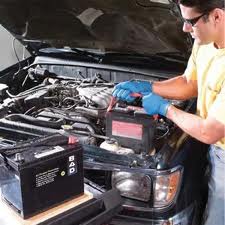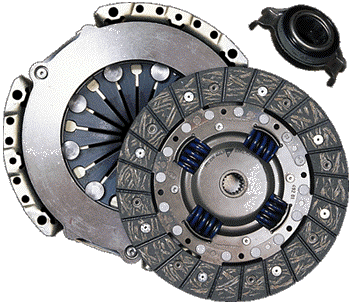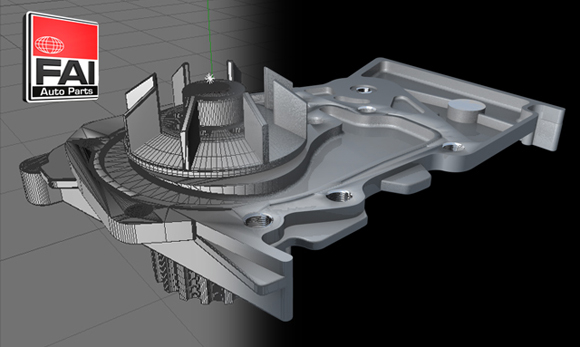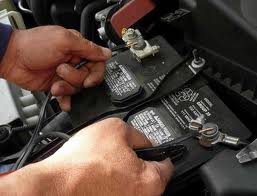Car Battery
Car and Van Batteries
Mobile Van and Car Battery Replacement
Mobile Auto Service can supply and fit you car battery at your home or work place we also can supply and fit Commercial Truck, LCV/HGV vehicles we also can supply and fit plant and marine batteries too.
There’s nothing worse than getting in your car to find out your car battery is flat you are at home early morning and your car won’t start and you can’t get to work… Now there is a solution you can call us to replace your battery to get you on the move again.
Car Battery Service
Upon arrival to your home or work place with a fully equipped mobile workshop we will test your vehicle which includes checking the charging system, voltage output and the charging rate of the battery we also will load test your vehicles battery this test will show us if electrical charge is being held, checking your vehicles alternator and fully test your old battery before fitting any new battery to your vehicle.
Mobile Auto Services have been providing standard and heavy duty car battery replacement throughout Hertfordshire area, we stock commercial truck LCV/HGV vehicles and car batteries with an extensive range of domestic and industrial and marine.
We supply Pavilion batteries which is a named battery brand you can trust they have been around for years which means they have been fully tested over time for their quality and reliability a great alternative to popular brands such as Bosch or Excide.
Battery identification numbers
To identify your battery you should be able to see large sticker on top of your battery with three or four digit number this should give you the model number [note] not all manufactures include this on their batteries if in doubt we can look up and cross reference the correct fitment for your vehicle. Take a look below we have included some common car battery numbers for you this is just a guide so if you are unsure please contact us as the wrong battery type can cause problems with cold starts especially if you own a diesel car or van.
002L, 002R, 004L, 004R, 005L, 005R, 007, 009L, 009R, 012,017, 018, 019, 020, 027, 037, 038, 048, 048H, 049, 049H, 053, 054, 054H, 055,057, 063, 065, 067, 068, 069, 071, 072, 073, 075, 077, 078, 083, 085, 086, 088,089, 092, 093, 096, 096R, 097, 099, 100, 110, 154, 155, 249, 249H, 250, 250H,334, 335, 616R, 630, 643, 644, 663, 664, AM058L, AM058R
Common battery faults include:
* Shorted cell due to failure of the separator between the positive and negative plates* Shorted cell or cells due to build up of shed plate material building up below the plates of the cell
* Broken internal connections due to corrosion
* Broken plates due to vibration andcorrosion
* Low electrolyte
* Cracked or broken case
* Broken terminals
* Sulfation after prolonged disuse in a low or zero charged state
Corrosion at the battery terminals can prevent a car from starting, by adding electrical resistance. The white powder sometimes found around the battery terminals is usually lead sulphate which is toxic by inhalation, ingestion and skin contact. The corrosion is caused by an imperfect seal between the plastic battery case and lead battery post allowing sulphuric acid to attack the battery posts. The corrosion process is also expedited by over-charging. Corrosion can also be caused by factors such as, salt water, dirt, heat, and humidity in the air, a crack in the battery casing, or loose battery terminals. Inspection, cleaning, and protection with a coating are measures used to prevent corrosion of battery terminals.
Sulfation occurs when a battery is not fully charged, and the longer it remains in a discharged state the harder it is to overcome the sulfation. This may be overcome with slow, low-current (trickle) charging. Sulfation is due to formation of large, non-conductive lead sulphate crystals on the plates; lead sulphate formation is part of each cycle, but in the discharged condition the crystals become large and block passage of current through the electrolyte.
The primary wear-out mechanism is the shedding of active material from the battery plates, which accumulates at the bottom of the cells and which may eventually short-circuit the plates. Early automotive batteries could sometimes be repaired by dismantling and replacing damaged separators, plates, inter cell connectors, and other repairs.Modern battery cases do not facilitate such repairs; an internal fault generally requires replacement of the entire unit.
Lead-acid batteries for automotive use are made with slightly different construction techniques, depending on the application of the battery. The typical battery in use today is of the “flooded cell” type, indicating liquid electrolyte. AGM or absorbed glass mat type batteries have electrolyte immobilised as a gel.
The starting (cranking) or shallow cycle type is designed to deliver large bursts of energy, usually to start an engine. The SLI car batteries usually have a greater plate count in order to have a larger surface area that provides high electric current for short period of time. Once the engine is started, they are recharged by the alternator vehicles charging system.
All of our batteries carry a full warranty!
If you think, your car battery or any part of your charging system is faulty. Do not worry: Regardless of what vehicle, we have you covered with our mobile battery replacement service at your home or work.
Need your vehicle back on the road as soon as possible Mobile Auto Services can help you with this service please call us on 0800 999 4118 for complete mobile car battery service at your home or work place.












